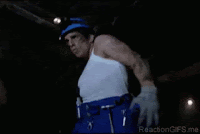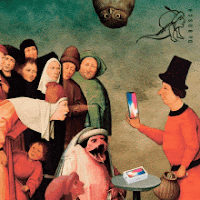Three different digital soundtrack systems for 35 mm cinema release prints were introduced during the 1990s. They are: Dolby Digital, which is stored between the perforations on the sound side; SDDS, stored in two redundant strips along the outside edges (beyond the perforations); and DTS, in which sound data is stored on separate compact discs synchronized by a timecode track on the film just to the right of the analog soundtrack and left of the frame (sound-on-disc). Because these soundtrack systems appear on different parts of the print, one movie can contain all of them, allowing broad distribution without regard for the sound system installed at individual theatres.

















































